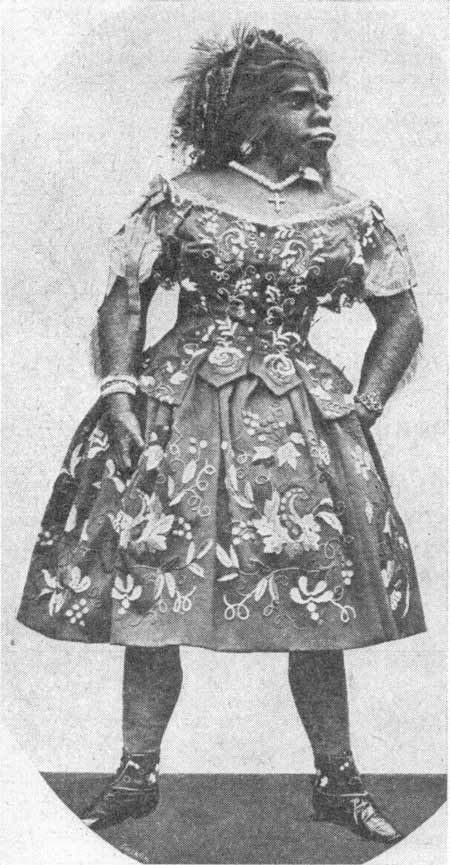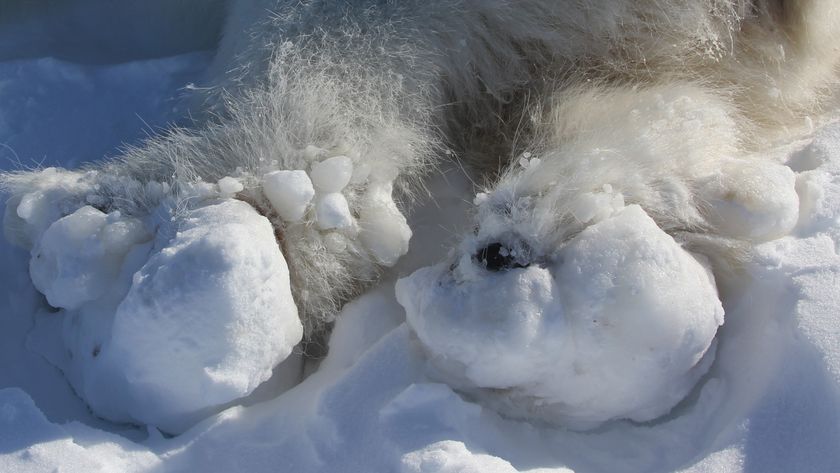Genes of 'Bearded Lady' Revealed

Julia Pastrana became famous as the "bearded lady" in the mid-1800s. Now, more than 150 years later, scientists have discovered the genetic mutations responsible for her rare condition. The disorder, known as congenital generalized hypertrichosis terminalis (CGHT) with gingival hypertrophy, is characterized by excessive growth of dark hairs all over the body, distorted facial features, and enlarged gums. In some cases, people can have CGHT with normal gums. All of these diseases fall into a group of conditions called congenital generalized hypertrichosis (CGH). The disease is difficult to study because it is so rare. After analyzing the genomes of members of three Chinese families with CGHT and one person with CGHT and gingival hyperplasia, researchers pinpointed the genetic defects to chromosome 17. In the three families, members had DNA deletions on this chromosome, meaning they were missing pieces in their genes. On the other hand, the individual with enlarged gums had extra pieces of DNA, called DNA duplications, a type of mutation in which sequences of DNA appear multiple times. These genetic abnormalities affected four to eight genes on chromosome 17. "Although it has long been believed that most people with CGH have some kind of genetic defect, the specific genetic mutations that underlie CGHT, with or without gingival hyperplasia, had not been discovered until now," Xue Zhang, the lead study author from the Chinese Academy of Medical Sciences and Peking Union Medical College in Beijing, said in a statement. Future studies will try to find the mechanism by which these mutations lead to the disorder, Zhang said. The research is detailed in the May 21 issue of the American Journal of Human Genetics.
- Top 10 Mysterious Disease
- Mummy Reveals Egyptian Queen was Bearded
- Video: The Exercise Gene
Sign up for the Live Science daily newsletter now
Get the world’s most fascinating discoveries delivered straight to your inbox.












